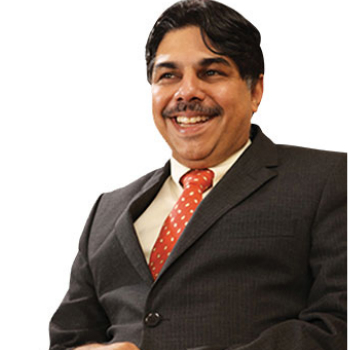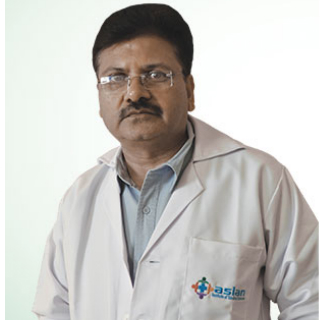 In vitro fertilization or IVF has come a long way since its inception in 1978. With technological advancements and breakthrough in research, IVF has gained momentum with a wider appeal, graterapplicability and unquestioned success rate. Shahid Akhter, ENN, explores the evolving IVF centers across India
In vitro fertilization or IVF has come a long way since its inception in 1978. With technological advancements and breakthrough in research, IVF has gained momentum with a wider appeal, graterapplicability and unquestioned success rate. Shahid Akhter, ENN, explores the evolving IVF centers across India
The World Health Organization describes infertility as a disease of the reproductive system defined by the failure to achieve a clinical pregnancy after twelve months or more of regular, unprotected sexual intercourse. Infertility, whether male or female, is the inhability of a couple to achieve conception or to bring a pregnancy to term after a year of regular, unprotected intercourse.
According to WHO approximately 8-10% of couples experience some form of infertility problem. On a worldwide scale, this means that 50-80 million people suffer from infertility. However, the incidence of infertility may vary from region to region.
The prence of infertility has been stable for the past decade but there has been a shift in aetiology and age bar. It is not just the pollution and pesticides that have infiltrated our lives but equally responsible are the lifestyle choices like addiction to smoking and alcoholism, late marriages ( quality of egg sharply declines after 35), charting out the career growth in precedence to child, mental and emotional stress and similar factors have resulted in malfunctioning of the human body by way of reproductive activities.
India, with around 180 million women in the reproductive age group, is home to the worlds largest young population. Around 1/10 of the population is believed to be in the grip of infertility and this sums up the countrys fertility market. According to Manish Banker, President of ISAR ( Indian Society for Assisted Reproduction), the Assisted Reproductive Technology (ART) market in India is estimated to be worth $1 billion (Rs 5,000 crore) in the next three to five years.
“Around 30% of infertility is attributed to female factors. Another 30% is labeled as male problems, 20% is combined male and female while 20% rests as unexplained infertility. “
To cope up with the spiralling infertility graph, we have a plethora of fertility clinics, said to be more than 3000 across India. Amidst scant and liberal guidelines laid down by ICMR ( Indian Council of Medical Research), the infertility clinics continues to be unregulated, leaving doctors free of legal and ethical constraints. To begin with, the guidelines say nothing about who or how to open an infertility clinic. Just like any other commodity in a shopping mall, these ingredients of life are available on the shelves for shopping, including online!

Be a part of Elets Collaborative Initiatives. Join Us for
Upcoming Events and explore business opportunities. Like us on
Facebook , connect with us on
LinkedIn and follow us on
Twitter ,
Instagram.
 In vitro fertilization or IVF has come a long way since its inception in 1978. With technological advancements and breakthrough in research, IVF has gained momentum with a wider appeal, graterapplicability and unquestioned success rate. Shahid Akhter, ENN, explores the evolving IVF centers across India
In vitro fertilization or IVF has come a long way since its inception in 1978. With technological advancements and breakthrough in research, IVF has gained momentum with a wider appeal, graterapplicability and unquestioned success rate. Shahid Akhter, ENN, explores the evolving IVF centers across India









